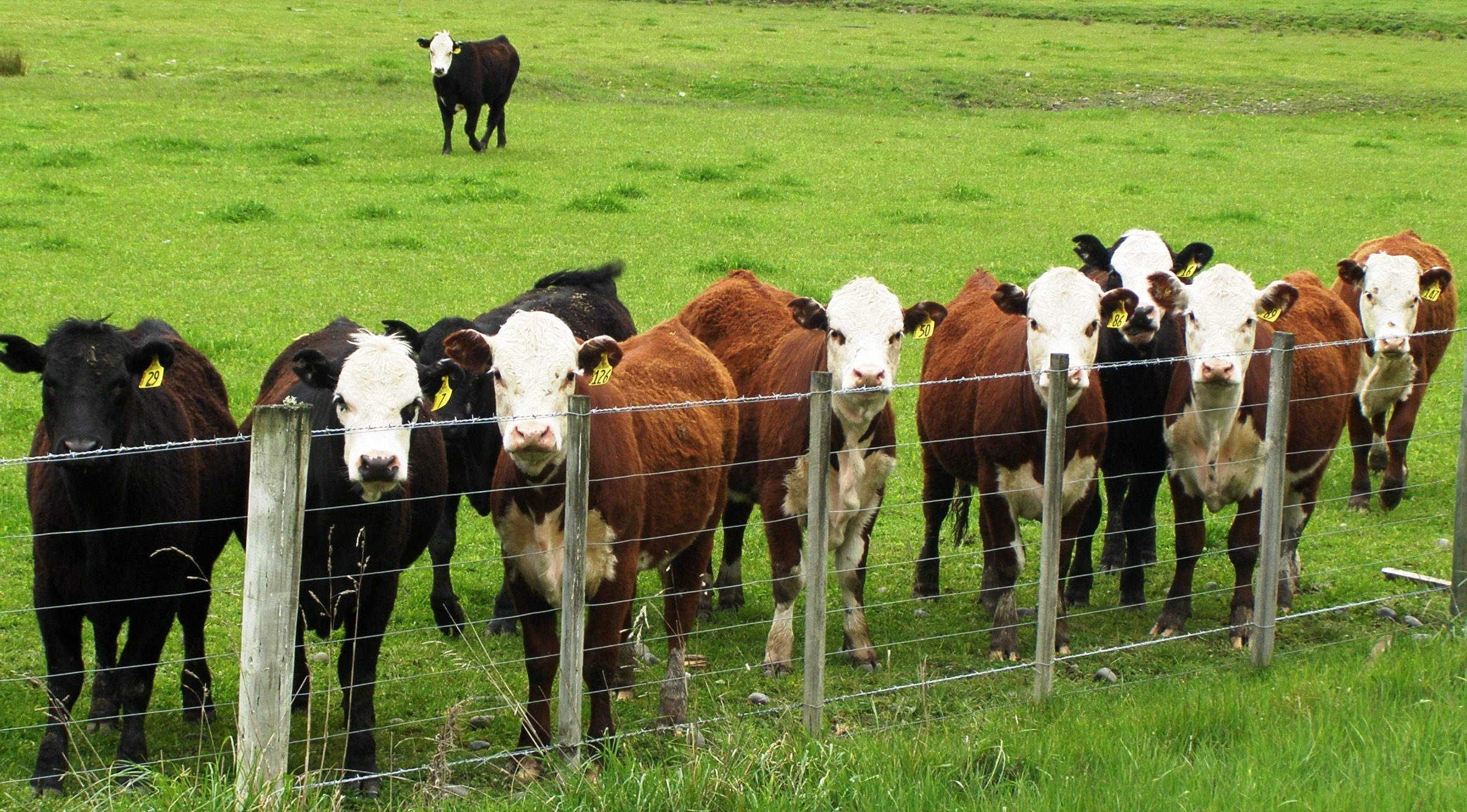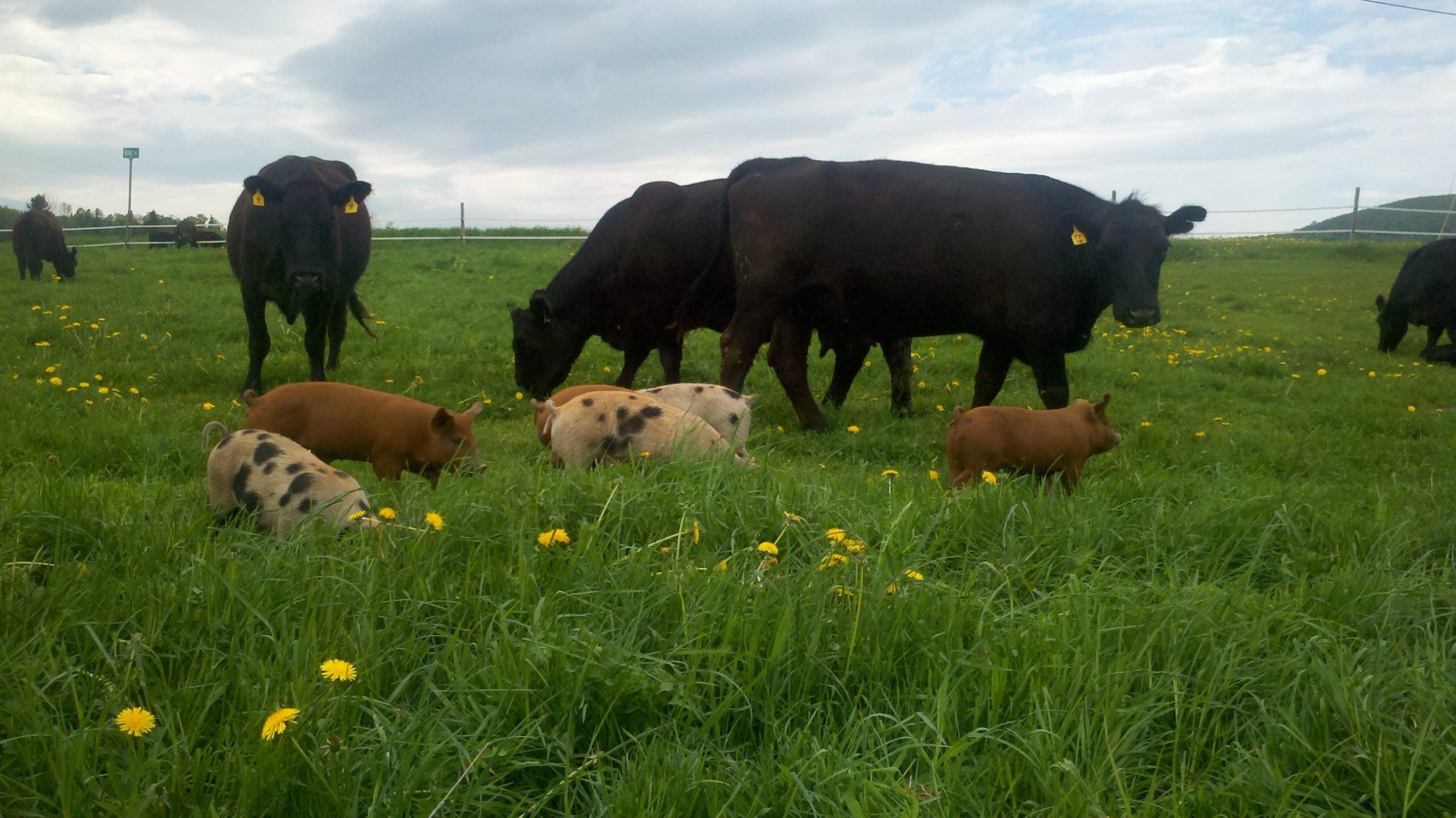Cattle stocks and beef production in the U.S. have been declining since 2002 and beginning stocks have dropped more than 5% in the last five years. This summer’s drought also led to massive slaughters as farmers couldn’t efficiently feed the animals to hold them back for a later date. The declining cattle stocks across North America will take time to rebuild. Our thoughts have been placed on the buy side of the cattle market as it tightened up and we expected the cattle market to rally sharply in 2012. However, there have been major changes within the global cattle industry that may have signaled an end to our domination of the cattle global cattle market.
It’s no secret that Australia, Brazil and Argentina have been building their cattle business over the last several years. Brazil is second in total production while Argentina and Australia lag behind Chinese and European Union production. Meanwhile, our own production has fallen behind China and places us fourth on the list. The kicker is the new number one on export list - India.
Indian beef production has soared and since very little of it consumed in India, their growth in the export market has been nothing short of astounding. India passed the United States in beef exports in 2011 and will pass Brazil and Argentina this year. India’s 2012 record exports of 2.16 million tons will account for nearly a quarter of global trade. This boom has been fueled by cheaper exports to Asia, the Middle East and North Africa. India’s quickly growing supply has picked up the global supply slack due to the North American drought of 2012. India’s ascension to world leader in cattle exports should cause us to pause for thought.
First of all, every westerner’s image of Indian cows relies on the cows’ place as a religious symbol. Most Indian states have laws against slaughtering cattle. Therefore, the numbers that we’re quoting are only from above the board, licensed processors. The underground meat trade is estimated to have shipped another 1.5 million cattle. This is an additional 4.5% increase on top of their 2012 record exports. If we include these numbers in their processed tonnage, their exports would surpass Brazil’s record production of 2.19 million tons in 2007.
Secondly, the computation of beef production must be taken into account when viewing India’s growth as a major exporter. The trick in the numbers is that water buffalo also count as beef production in all of the World Agriculture Board’s global numbers and India has no laws against the slaughter of water buffalo. Water buffalo production here in the U.S. would be treated the same way. They both fall under the category of, “bovine meat,” and they will combine to make India the top bovine meat exporter in the world in 2013.
Finally, we should all view the interaction between the Indian government, the economy, and the primary beliefs as a negotiation of economic compensation for the sacrifice of personal beliefs. India is a predominantly Hindu country. Hinduism teaches that the cow is a sacred gift that provides man with everything he needs. Milk, butter and other dairy products, of course, but also fertilizer and manure for fires. The cow recycles the earth and leaves it no worse than it found it. These are the principals that are up for sale. The story has been played out over and over in history throughout the world.
Trading the cattle market for the all time highs was the 2012 trade that never happened. Many are still looking for it based on the tight North American cattle supplies. Personally, I think greed will supplant morality and India’s production will provide enough of a cushion to keep prices relatively, in check. I will still look for cattle to trade past the 2012 highs of $137 however; I don’t believe we’ll approach the all time highs of $167 from 2007.
This blog is published by Andy Waldock. Andy Waldock is a trader, analyst, broker and asset manager. Therefore, Andy Waldock may have positions for himself, his family, or, his clients in any market discussed. The blog is meant for educational purposes and to develop a dialogue among those with an interest in the commodity markets. The commodity markets employ a high degree of leverage and may not be suitable for all investors. There is substantial risk of loss in investing in futures.




